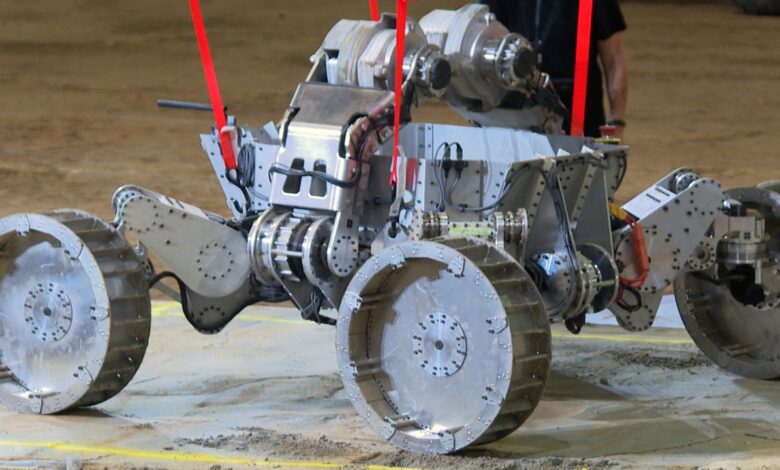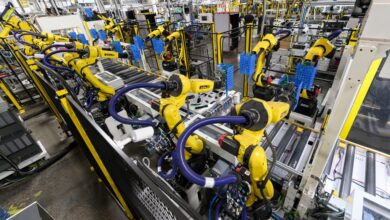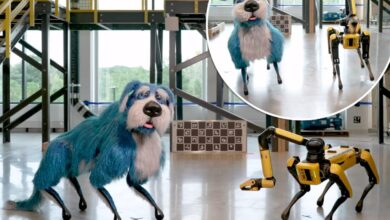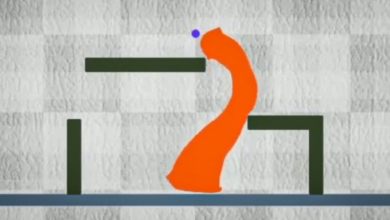NASA challenges teams to build robots capable of harvesting water on the moon

HUNTSVILLE, Ala. (WHNT) — A million-dollar contest managed by Marshall’s Space Flight Center is pushing forward technology that could one day support human life on the moon.
Teams from across the country gathered in Huntsville to overcome challenges impacting the future of space exploration. The six teams competing at Alabama A&M’s Agribition Center have successfully excavated and collected imitation regolith, or the material that covers the surface of the moon.
“We want to mine water on the moon,” NASA’s In-Situ Resource Utilization System Capability Lead Gerald Sanders said. “Water could be used for many different things: life support crew, radiation shielding, making propellants.”
The robots are designed to collect frozen water on the moon and transport it across the lunar surface.
“The worst case is that it’s highly concentrated in ice mixed with regolith,” Sanders said. “It’s almost as hard as concrete.
The robots have to be capable of mining and collecting tough material. The building process has been underway since 2020 for many of the teams competing in Huntsville.
“We basically outfitted it with a scoop that runs on actuators and a jackhammer that’s controlled by a mission control that runs through a laptop, and then we have an Xbox controller of all things that the pilot actually uses to drive it,” said Alistair Garnett with Lunar Outpost.
Garrett’s team is made up of a partnership between students from the Colorado School of Mines and the private company Lunar Outpost. They are one of the six finalist teams competing for a million-dollar prize and potentially inspiring the design of future NASA equipment.
The second-place finisher will receive $500,000.
“Competitions are great for NASA because it allows us to look at a lot of different ways of doing something before we put out a solicitation or really want to build the final hardware,” Sanders said.
The teams that best excavate the imitation moon regolith will be invited to test their robot inside Marshall Space Flight Center’s V-20 Vacuum Chamber, which provides an environment similar to what these machines would face on the moon.



